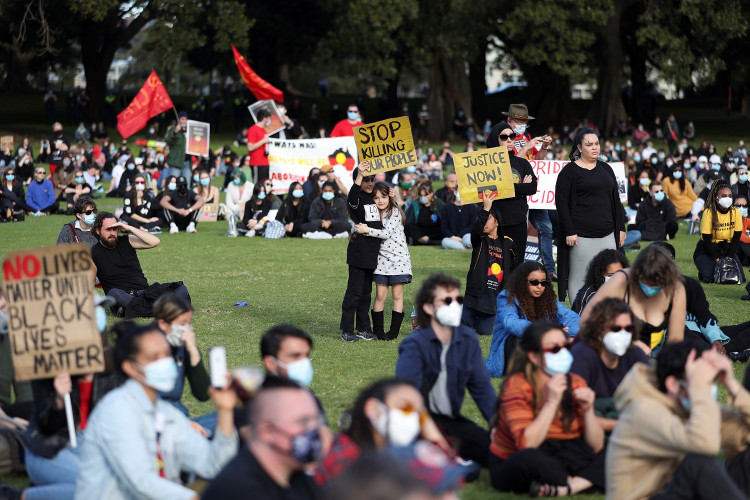Pulsar, and audience intelligence firm, has developed a Public Emotions Framework to evaluate the fluctuations of emotions across the U.S. and the U.K. with the onset of the coronavirus pandemic.
Data gathered through the Public Emotions Framework revealed the wide range of emotions of many people at a difficult time, which Pulsar says will provide its clients with the insight of "how the new normal will shape consumer needs and behaviors."
The Pulsar team first identified a range of emotions and its opposites, including joy and sadness, acceptance and fatigue, caution and admiration, and anger and fear. A tool to measure trends was then set up to track conversations on Twitter using keywords related to these emotions since January 2020.
Data has revealed that those living in the U.S. and the U.K. have been through a broad range of intense emotions, with a huge spike in caution and fear on March 11, at which time the World Health Organization officially declared COVID-19 a pandemic.
Both countries show similar emotions, with fear gradually going down after the initial spike in early March and going up again with the announcement of quarantine guidelines and lockdown measures. According to Pulsar, the data demonstrated uncertainty and apprehension.
With lockdowns in place and people started working from home, there was an increase in boredom and fatigue. As the pandemic has progressed and lockdowns or social distancing guidelines remain in place, the emotion for which the U.K. and the U.S. have diverged the most is acceptance. Things started to get more interesting, starting mid-May through June 20, however, when an intense set of emotions began to surge again.
According to Pulsar, it originally intended to put the Public Emotions Framework together to gauge emotions related to the coronavirus pandemic. However, it has been found that the emotions triggered by the virus have been surpassed when the death of George Floyd and the subsequent protests against racism flooded headlines across the globe.
In the data, fear in the U.S. started going up on June 3 at 96%, surpassing all other emotions. By June 6, the day of Floyd's funeral, admiration soared through 100%. Mixed in, we also observe spikes in anger, caution, and fatigue.
There's also a combination of caution, anger, and fear in the U.K., although fear did not quite reach the level the U.S. has set. Throughout this period, admiration has been observed as the most dominant in Britain.
The data in complete detail can be found here.



